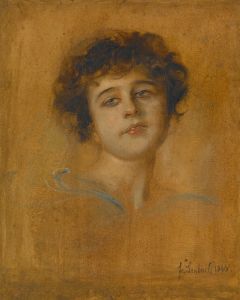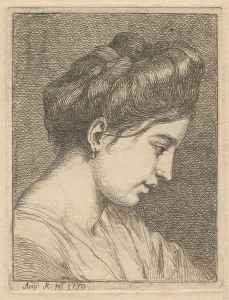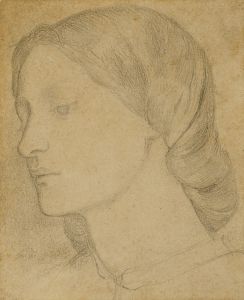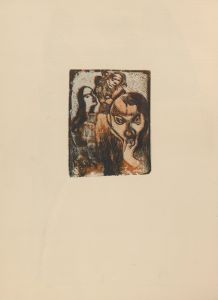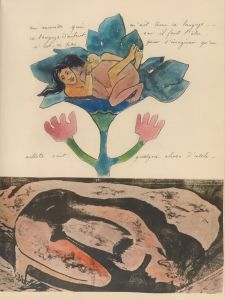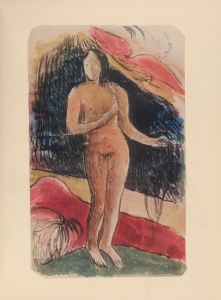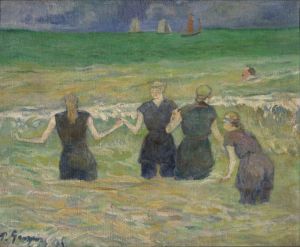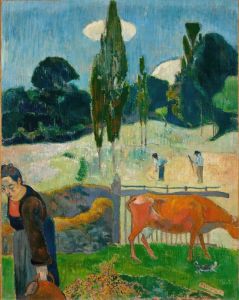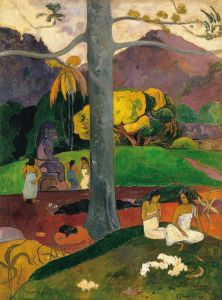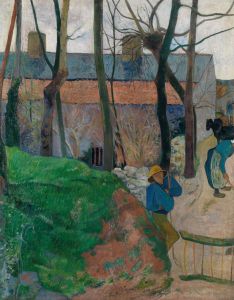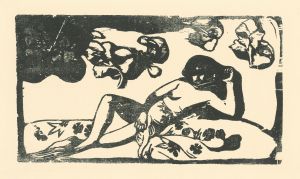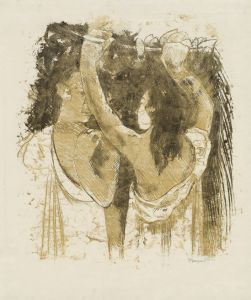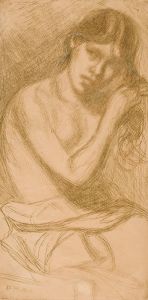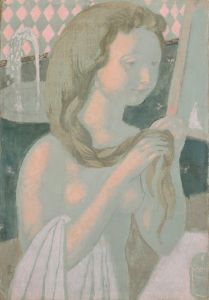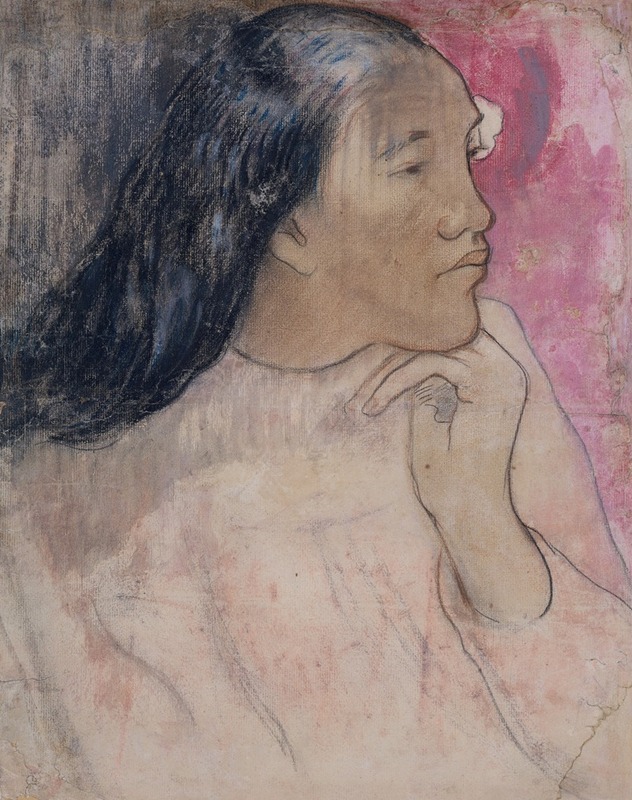
A Tahitian Woman with a Flower in Her Hair
A hand-painted replica of Paul Gauguin’s masterpiece A Tahitian Woman with a Flower in Her Hair, meticulously crafted by professional artists to capture the true essence of the original. Each piece is created with museum-quality canvas and rare mineral pigments, carefully painted by experienced artists with delicate brushstrokes and rich, layered colors to perfectly recreate the texture of the original artwork. Unlike machine-printed reproductions, this hand-painted version brings the painting to life, infused with the artist’s emotions and skill in every stroke. Whether for personal collection or home decoration, it instantly elevates the artistic atmosphere of any space.
"A Tahitian Woman with a Flower in Her Hair" is a painting by the French post-impressionist artist Paul Gauguin. Created in 1891, this work is a notable example of Gauguin's fascination with the culture and people of Tahiti, where he traveled in search of a more "primitive" and unspoiled way of life, away from the industrialized society of Europe.
Paul Gauguin was born on June 7, 1848, in Paris, France. He initially worked as a stockbroker but turned to painting full-time in the early 1880s. Gauguin's style evolved from impressionism to a more symbolic and synthetist approach, characterized by bold colors, strong outlines, and simplified forms. His quest for artistic inspiration led him to Tahiti in 1891, where he sought to immerse himself in what he perceived as an exotic and untouched culture.
"A Tahitian Woman with a Flower in Her Hair" depicts a young Tahitian woman with a serene expression, adorned with a white flower in her hair. The flower, often a symbol of beauty and femininity in Tahitian culture, adds a touch of elegance and grace to the portrait. Gauguin's use of vibrant colors and simplified forms reflects his desire to capture the essence of his subjects rather than their realistic details.
The painting is characterized by its flat, decorative style, which was influenced by Gauguin's exposure to Japanese prints and his interest in the art of indigenous cultures. The background of the painting is relatively plain, allowing the viewer's attention to focus entirely on the woman. Gauguin's use of color is particularly striking, with the warm tones of the woman's skin contrasting with the cooler hues of her clothing and the background.
Gauguin's time in Tahiti was marked by both artistic success and personal turmoil. While he produced some of his most famous works during this period, he also faced financial difficulties and health problems. Despite these challenges, his Tahitian paintings, including "A Tahitian Woman with a Flower in Her Hair," are celebrated for their innovative use of color and form, as well as their exploration of cultural themes.
The painting is part of Gauguin's broader body of work that seeks to depict the lives and traditions of the Tahitian people. His portrayal of Tahitian women, in particular, has been the subject of much scholarly discussion, with some critics praising his ability to capture their dignity and beauty, while others have criticized his work for its exoticism and potential objectification of his subjects.
Today, "A Tahitian Woman with a Flower in Her Hair" is housed in the Ny Carlsberg Glyptotek in Copenhagen, Denmark. The museum, founded by the brewer Carl Jacobsen, boasts an extensive collection of Gauguin's works, providing valuable insight into the artist's creative journey and his time in Tahiti.
In summary, "A Tahitian Woman with a Flower in Her Hair" is a significant work in Paul Gauguin's oeuvre, reflecting his unique artistic style and his deep interest in the culture of Tahiti. The painting remains an important piece for understanding Gauguin's contributions to post-impressionist art and his enduring legacy in the art world.





